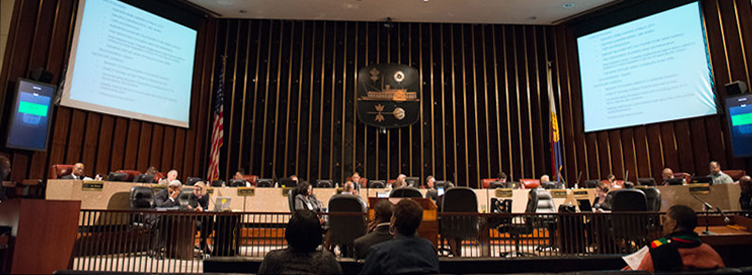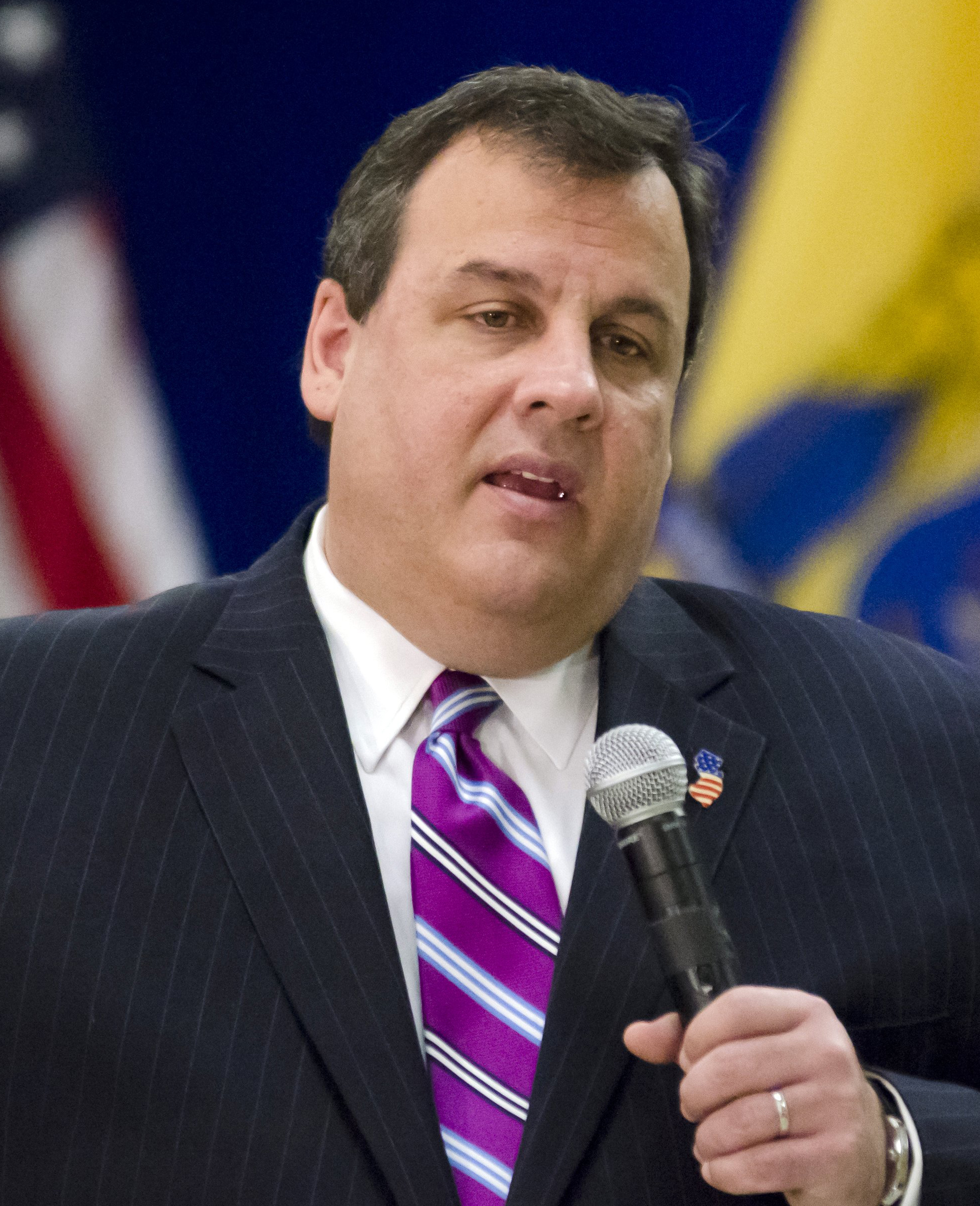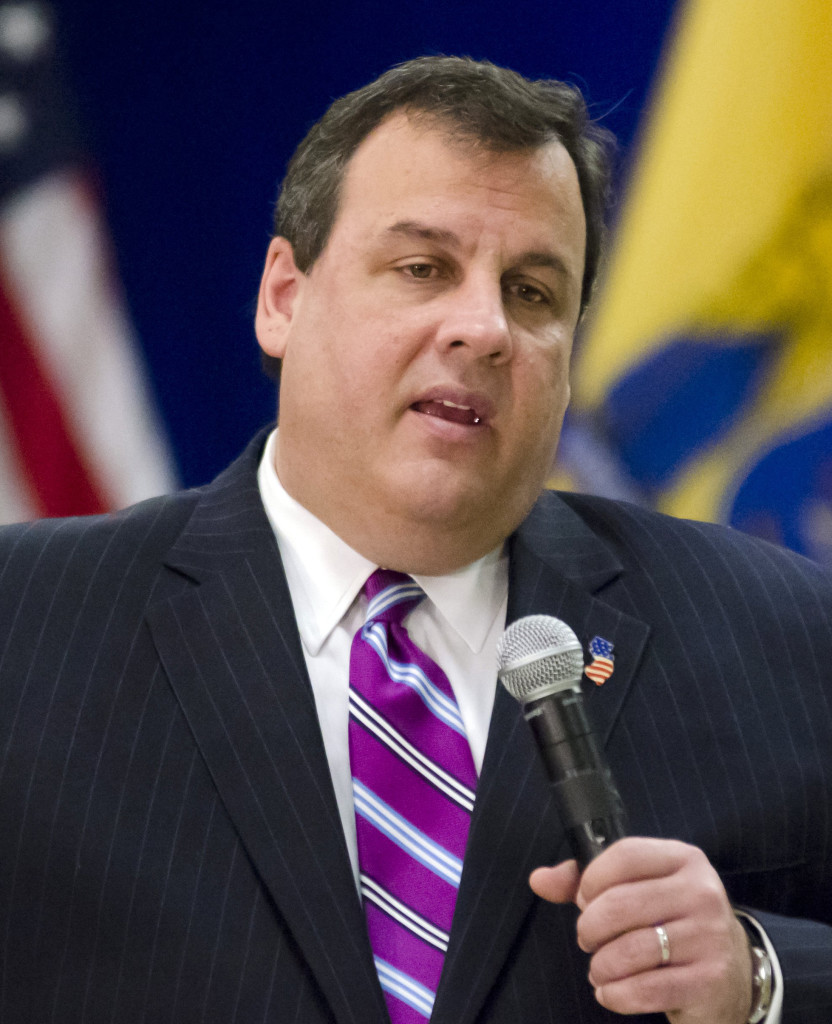It’s been brewing for months, but now the decision is unanimous: the board that governs the City of Memphis Retirement System has decided to turn to a higher-risk investment strategy involving increased allocations toward private equity, hedge funds and foreign stocks and bonds. From the Commercial Appeal:
The Memphis pension board cast a unanimous voice vote Thursday morning to shift hundreds of millions of dollars in retirement assets out of U.S. stocks and bonds and into assets with higher risk and potentially higher rewards, such as international stocks and bonds, and new investments in private equity and hedge funds.
The city would sell a large portion of its U.S. stocks and bonds and increase its holdings of foreign stocks from 22 percent of the portfolio to 31.7 percent. The fund would also invest 13.4 percent of the portfolio in bonds from abroad.
The pension fund would invest 4.4 percent of its portfolio in private equity companies and 4.2 percent of its holdings in hedge funds.
These numbers are “targets” — the actual percentage of investments in each class can change depending on various factors, such as investment performance.
Earlier this summer, the fund approved doubling its real estate allocation—from 5 percent to 10 percent.
Some members of the board wondered what would happen it the strategy turned sour. The Commercial Appeal reports:
“If we went with these changes, what’s the worst case scenario?” pension board member Derek Brassell asked before the vote.
“The worst case is the same worst case we would have with the existing portfolio. So it’s no different than it was before,” responded Lawrence H. Marino, senior vice president with the city’s investment advisory firm Segal Rogerscasey.
“What we’ve done is by diversifying, we can get lower risk with the same return, or we can get higher return with the same risk. Here we’re opting to get higher return with the same risk.”
Other experts had previously advised the fund that, though higher risk was guaranteed, higher returns were not a given.
“Only time will tell,” said Don Fuerst, senior pension fellow at the American Academy of Actuaries.











